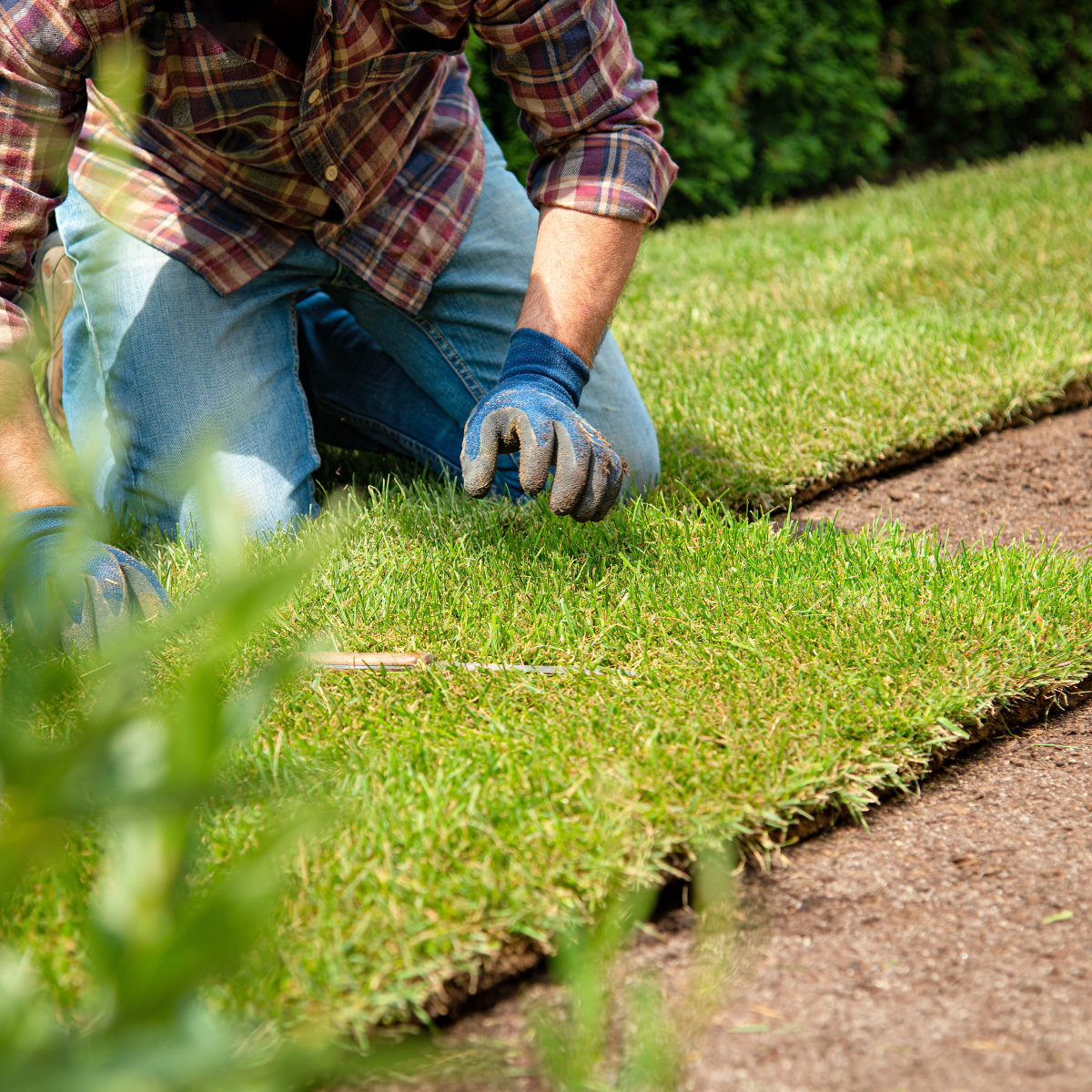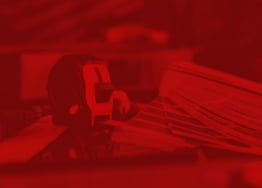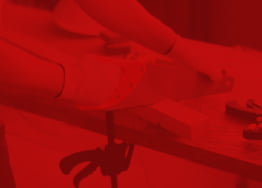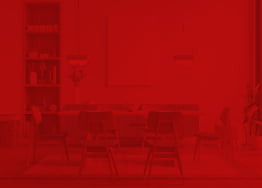The Great Debate: Artificial Grass vs Turf

Artificial grass mimics the appearance of real grass remarkably well, offering a consistently green and manicured look throughout the year.
It creates a vibrant and inviting atmosphere, making your garden appear well-kept and visually pleasing.
On the other hand, turf provides the charm of natural grass, offering a more organic and authentic feel. The texture and variation of real grass can be appealing to those who prefer a more traditional garden aesthetic.



Turf
Turf provides a more natural and authentic outdoor experience. Children and pets may find the texture and scent of real grass more appealing, enhancing their sensory engagement.
Turf allows pets and kids to have direct contact with the soil, which can also be beneficial for their sensory development. It also allows them to interact with the ecosystem, such as insects and small wildlife.
Turf requires regular maintenance, including mowing, watering, and occasional reseeding. Pet waste can also cause discoloration and require prompt cleaning to avoid odor issues. Additionally, pests like fleas or ticks can sometimes be more prevalent in natural grass.
Natural grass requires watering to stay healthy, which can lead to increased water consumption.
Ultimately, there are pros and cons to both artificial grass and turf, which completely depend on the individuals preferences, hopefully this information has helped with your decision.
If you'd like to read more on artificial grass, you can find our article 'Everything you need to know about artificial grass' here.
Or, if you're looking to speak to someone directly in more detail, simply call or head to your local Elliotts branch where a member of the team can help!



